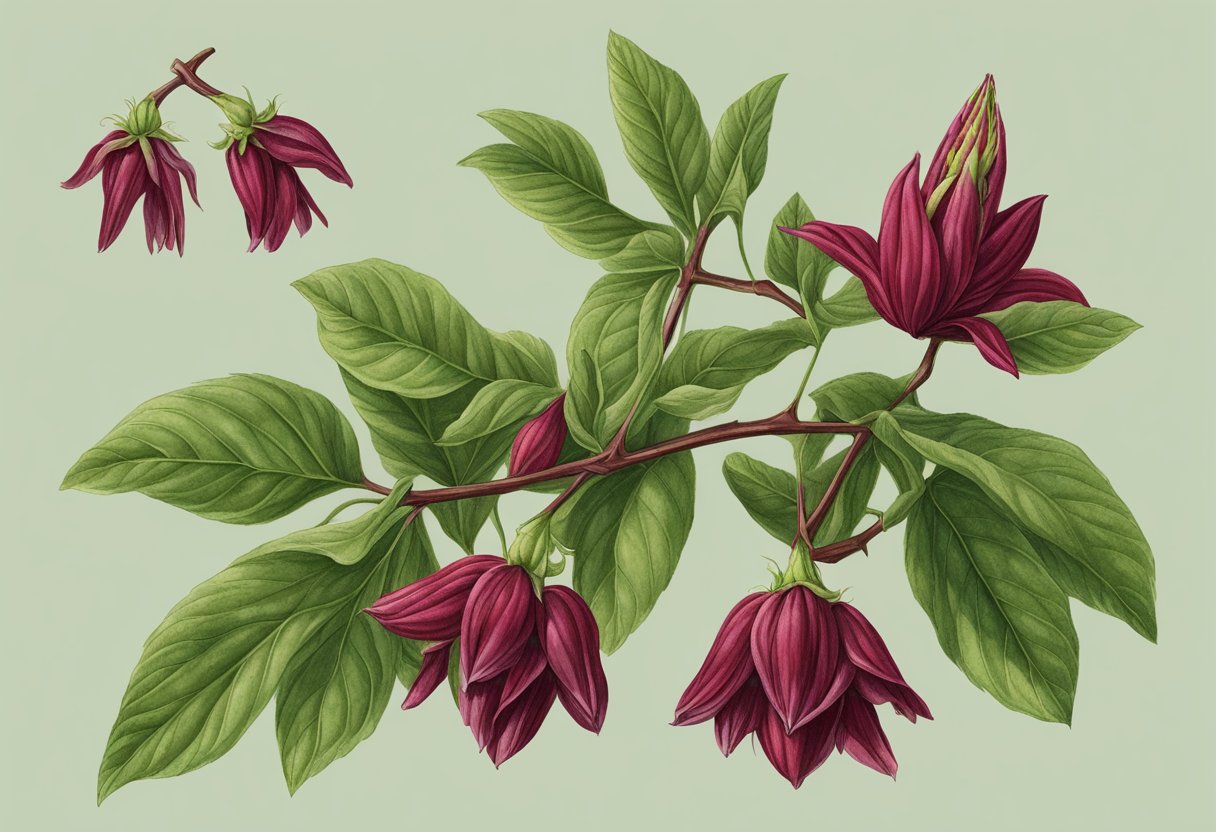Harvesting Hibiscus sabdariffa, commonly known as roselle, at the right time is crucial for getting the best flavor and yield. As someone who has grown and utilized this versatile plant, I’ve found that timing largely depends on what part of the plant you’re using. The plant’s calyces, often mistaken for flowers, are typically ready for harvest in late summer to early fall, when they are plump, vibrant in color, but still tender. It’s important to pick them before they become hard, as the quality can diminish rapidly once they over-mature.

I have noted the best time to harvest roselle is when the calyces are fully developed but haven’t turned brown. This typically occurs about six months after planting and a few weeks after the plant has flowered.
In my experience, the seeds, leaves, and calyces offer diverse uses—from teas and jams to natural fabric dyes. Monitoring the growth process is key, as the plant’s various parts are harvested at different times. After the calyces have been picked, the seeds can be collected and dried for later use or even planted for next season’s crop. Calyces are the most sought-after part and should be harvested shortly after blooming, when the color is a deep red and before the seed pod within has developed hard brown seeds.
JUMP TO TOPIC
Cultivation Practices for Healthy Growth
To achieve healthy growth and optimal yields of roselle, certain practices must be adhered to, focusing on soil selection, watering, sunlight and temperature management, as well as pruning.
Selecting the Right Soil and Location
I make sure to plant roselle in well-drained, fertile soil. A sandy loam that is rich in organic matter provides the best conditions for roselle to thrive. Additionally, the location should receive full sun for the majority of the day; this is essential for the plant’s growth and development.
Planting and Watering Guidelines
When planting roselle, I ensure the seeds are sown in holes ⅔ of an inch deep. It’s crucial to maintain consistent moisture levels in the soil, especially during the germination and early growth stages. Overwatering, however, can be detrimental, so I aim for a balance, usually watering deeply once a week.
Managing Sunlight and Temperature
Roselle plants love the sun but can benefit from afternoon shade in extremely hot climates. They grow best in moderate weather conditions, with soil temperatures optimal between 75° and 85°F (24° to 29°C). I monitor local weather forecasts and adjust plant placement and care accordingly.
Pruning and Care for Optimal Yield
Pruning is an important step for encouraging bushier growth and improving wind resistance. I selectively trim damaged or dead leaves and prune the top of the plant. This careful management helps the plant focus on producing a hearty yield of usable calyces.
Harvesting and Utilization of Hibiscus Sabdariffa
I find that effective harvesting and use of Hibiscus sabdariffa, commonly known as Roselle, are key to making the most of this versatile plant. In this section, I’ll guide you through the harvesting process, how to save seeds, and the varied recipes you can enjoy.
The Harvesting Process
Saving Seeds for Future Planting
After enjoying the calyces, don’t discard the seed pods. Instead, I dry them carefully to save the seeds for planting in the next season. I ensure the seeds are completely dry before storing them in a cool, dry place. This guarantees a high germination rate for the next planting cycle.
Diverse Recipes and Uses
💥 From tea to pies:
Roselle’s calyces are incredibly versatile and can be used fresh or dried in an array of recipes. Fresh, they add zest to salads or can be candied for desserts. When dried, they are integral in making hot or iced teas, jellies, and making syrup. Additionally, they blend perfectly with other fruits in jams or sauces. The tangy flavor of Roselle makes it an excellent addition to beverages, pastries, and even savory dishes, adding a cranberry-like taste and vibrant color.
Health Benefits and Culinary Applications
Roselle, known for its tart flavor, is rich in vitamin C and has versatile culinary uses. I often incorporate it in teas, jams, and salads, appreciating both its taste and medicinal properties.
Nutritional Value and Medicinal Properties
💥 Roselle’s Nutritional Value
Roselle is a powerhouse of nutrients. It is particularly high in vitamin C, which is essential for the immune system. I’ve found it to be a bountiful source of other vitamins such as A, B1, B2, B3, and various minerals, enhancing its medicinal value. Traditionally in Jamaica and West Africa, Roselle, also known as Sorrel, has been used to manage blood pressure and it’s believed to have diuretic properties.
Innovative Culinary Uses
The tartness of Roselle, reminiscent of cranberries, makes it a fantastic ingredient for a variety of recipes. I love making Roselle tea for its refreshing flavor and cooling effect. A cordial made from the flower calyx serves as a delightful base for a beverage or a creative drizzle in desserts. The seeds, rich in pectin, can be roasted and ground into flour, which I’ve found useful for baking. I also use the dried calyces to make a fruity, tangy jam that pairs well with many dishes.












